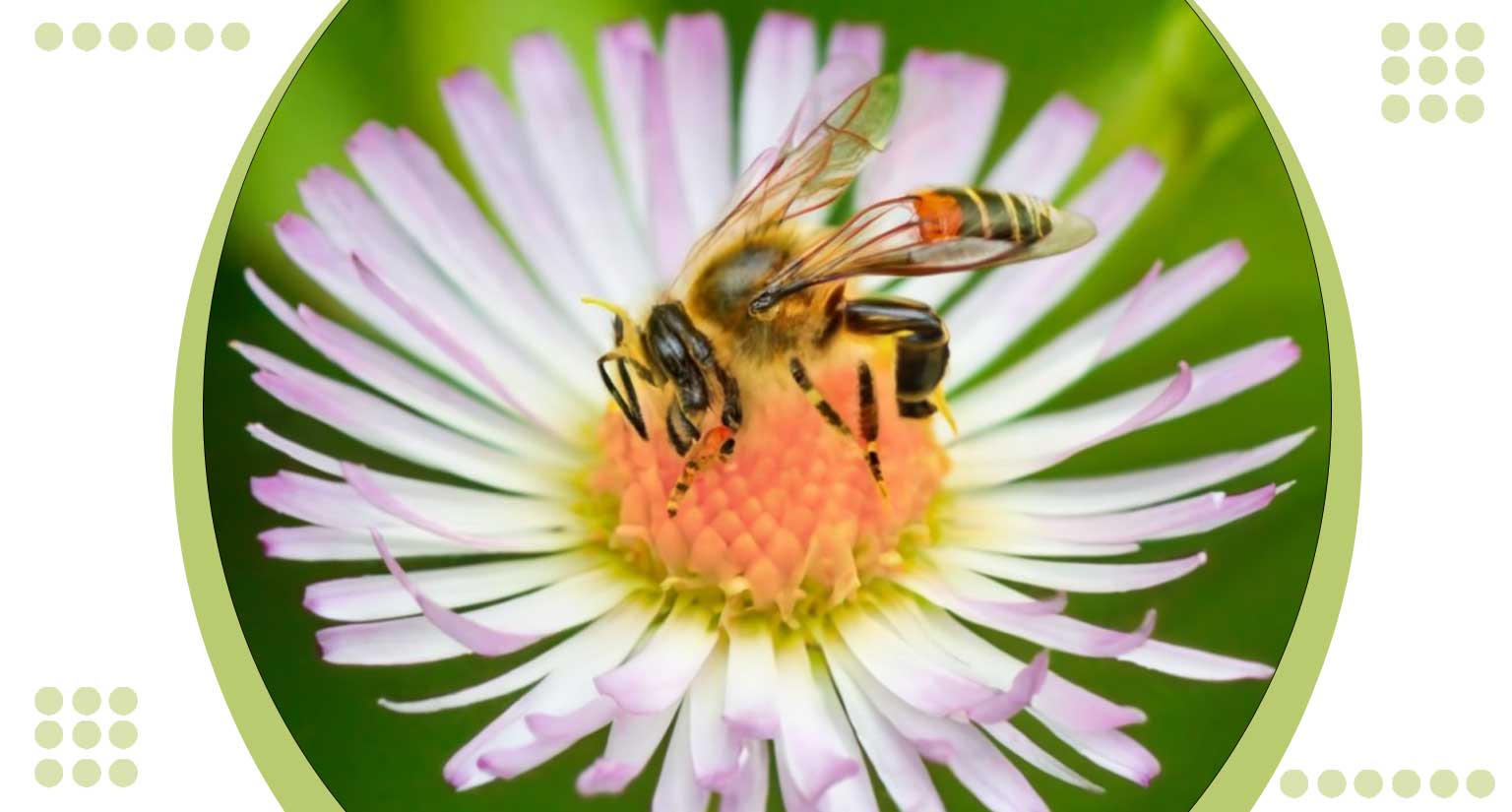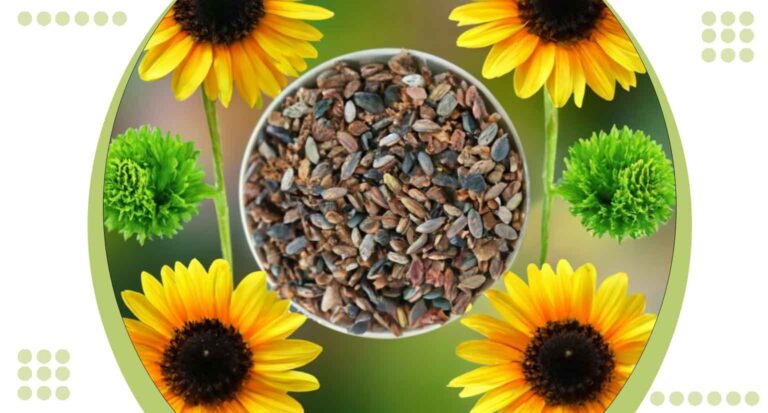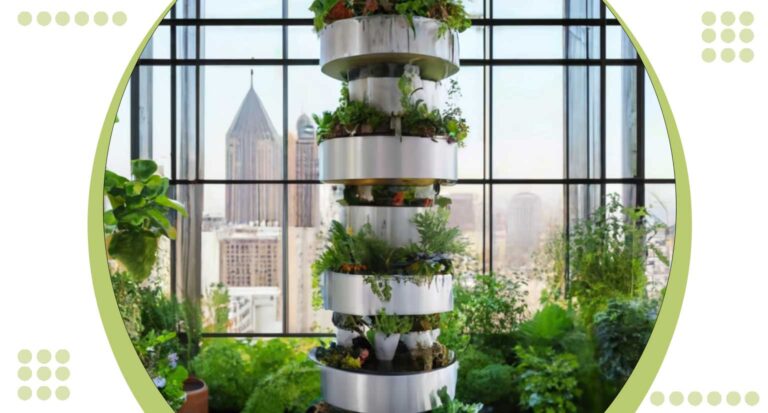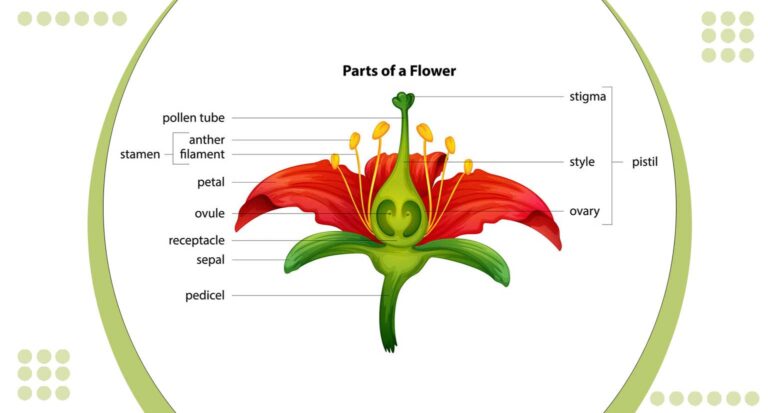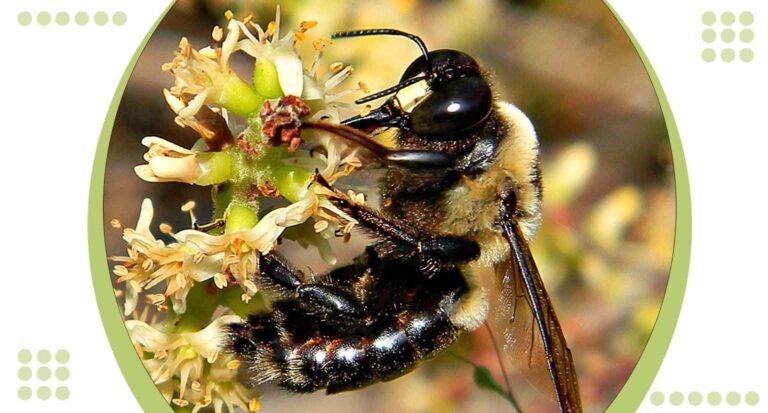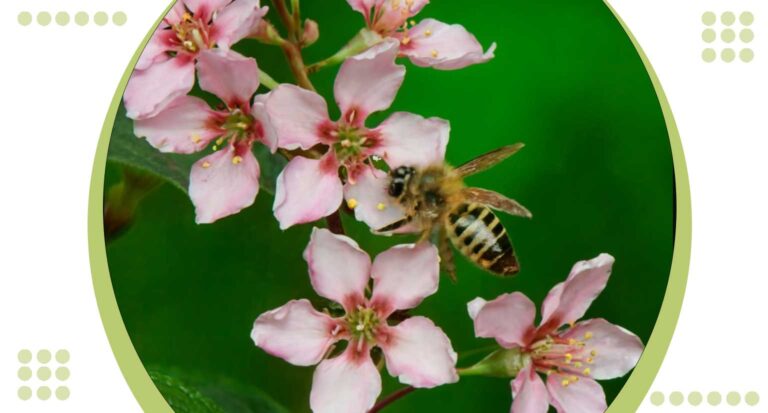Bee Pollinator Flowers Elevate Your Garden with 5 Nature’s Harmony
Bee Pollinator Flowers stand as nature’s masterpieces, captivating both eyes and hearts. These vibrant blossoms aren’t just a visual treat, they play a crucial role in supporting our ecosystem.
The kaleidoscope of colors and scents as Bee Pollinator Flowers, where each petal is a note in the symphony of nature’s harmony. The allure and importance of these blossoms, cultivating a garden that not only delights the senses but also nurtures the essential role of bees in our ecosystem.
What are bee pollinator flowers?
Partnership Between Bees and Blooms
Bee pollination is a mesmerizing choreography between nature’s diligent workers and the vibrant flowers they visit. As bees buzz from blossom to blossom, they collect nectar and pollen, inadvertently transferring pollen grains from one flower to another.
This seemingly simple act is the heartbeat of plant reproduction, a vital step that leads to the creation of fruits and seeds.
In this delicate dance, bees play the role of unwitting matchmakers, ensuring the continuation of countless plant species. Intricate world of bee pollination, where every visit to a flower is a crucial step in the circle of life, sustaining the diversity and beauty of our natural landscapes.
What attracts a bee to a flower?
What entices a bee to a flower is no mere coincidence; it’s a captivating interplay of nature’s design. The secret lies in the sweet nectar that resides within the blooms. Bee pollinator flowers produce nectar, a delectable reward for these industrious insects.
This sugary elixir not only serves as a nutritious energy source for bees but also acts as a powerful magnet, drawing them towards the heart of the blossom.
The vibrant colors and distinct fragrances of these flowers further enhance their allure, creating an irresistible haven for our buzzing friends.
The symbiotic relationship between bees and blossoms as you witness the harmonious exchange of sustenance and pollination that defines this captivating connection in nature’s grand tapestry.
Best Flowers to Plant For Bees
When it comes to creating a haven for bees, certain flowers stand out as champions in attracting and supporting these essential pollinators. Here are the top seven bee friendly blooms to elevate your garden.
Lavender (Lavendulan)
A fragrant favorite that entices bees with its sweet aroma and abundant nectar.
Coneflowers (Echinacea)
These daisy-like blooms provide a landing pad for bees and offer a generous supply of pollen.
Sunflowers (Helianthus)
With their large, open faces, sunflowers are a beacon for bees, providing ample nectar and pollen.
Bee Balm (Monarda)
A vibrant addition to your garden, bee balm offers a feast of nectar for hungry bees.
Cosmos (Cosmos bipinnate)
Delicate and colorful, cosmos flowers are a favorite of both honeybees and native bee species.
Foxglove (Digitalis)
Known for its tubular flowers, foxglove provides a unique landing platform for bees seeking nectar.
Salvia (Salvia officinalis)
This herb not only adds flavor to your kitchen but also attracts bees with its abundant nectar. By incorporating these bee approved blossoms into your garden, not only enhance its beauty but also contribute to the well being of these vital pollinators.
Create a flourishing environment where the symphony of buzzing bees becomes a testament commitment to biodiversity and the natural world.
How Bees Utilize Pollen and Nectar for?
Bees, the diligent architects of our ecosystems, utilize pollen and nectar as essential resources for their survival and the well being of their colonies. Here’s a glimpse into the multifaceted purposes of these precious harvests:
Nectar as Energy Source
Bees collect nectar primarily for its high sugar content, using it as a potent energy source to fuel their daily activities. This sweet substance serves as the lifeblood that sustains their buzzing endeavors.
Pollen for Protein and Nutrients
Pollen, gathered from the anthers of flowers, is a crucial protein source for bees. Rich in essential nutrients, it provides the building blocks for bee larvae development and overall colony health.
Bee Bread Production
Bees combine collected pollen with nectar, enzymes, and beneficial microorganisms to create “bee bread.” This fermented mixture serves as a highly nutritious food source for both adult bees and developing larvae.
Supporting Hive Growth
Nectar and pollen contribute to the growth and maintenance of bee colonies. The energy derived from nectar fuels the bees’ daily tasks, while the protein and nutrients from pollen are pivotal for the health and longevity of the entire hive.
Pollination for Plant Reproduction
As bees collect nectar, they inadvertently transfer pollen from one flower to another, facilitating the crucial process of pollination. This unintentional act is vital for the reproduction of flowering plants, ensuring genetic diversity and the production of fruits and seeds.
In essence, the delicate dance between bees and flowers, as they exchange nectar and pollen, is not only a testament to the intricate balance of nature but also a symbiotic relationship that ensures the survival and prosperity of both parties involved.
How do you attract bees fast?
If you’re eager to welcome bees to your garden swiftly, follow these effective tips to create an irresistible haven for these essential pollinators:
Plant Bee Friendly Flowers
Choose flowers known for their bee attracting qualities, such as lavender, sunflowers, coneflowers, and bee balm. Opt for a variety of shapes and colors to appeal to different bee species.
Provide a Water Source
Place shallow containers filled with water in your garden. Bees need water not just for hydration but also for regulating the humidity in their hives.
Avoid Pesticides
Minimize or eliminate the use of pesticides in your garden. Bees are highly sensitive to chemicals, and a pesticide free environment ensures their well being.
Create a Bee Bath
Place rocks or pebbles in a shallow dish filled with water to create a bee bath. This offers a safe space for bees to land and drink without the risk of drowning.
Plant in Clusters
Grouping flowers in clusters makes them more noticeable and attractive to bees. It also allows them to move efficiently from one flower to another.
Provide Shelter
Offer nesting sites for bees by incorporating features like bee houses or leaving undisturbed areas with exposed soil and deadwood. Some bee species nest in the ground or in cavities.
Choose Native Plants
Select native plants, as they have evolved alongside local bee populations. Native flora often have specific adaptations that make them particularly appealing to indigenous bees.
Optimize Bloom Time
Ensure a continuous bloom throughout the growing season. Bees are more likely to frequent gardens that offer a steady supply of nectar and pollen.
Include Herbs
Herbs like mint, thyme, and oregano not only add aromatic appeal to your garden but also attract bees with their abundant nectar.
By incorporating these strategies, you can transform your garden into a bee friendly paradise, drawing these vital pollinators in no time.
Conclusion
Bee Pollinator Flowers stand as vibrant maestros, orchestrating a symphony of life. Through their alluring beauty, these blossoms beckon bees, creating an intricate partnership vital for our ecosystems.
The garden, adorned with Bee Pollinator Flowers, becomes a thriving sanctuary, a testament to the seamless collaboration between flora and fauna.
As petals unfurl, bees dutifully pollinate, ensuring the continuation of biodiversity. The enchantment of this floral ballet, where every bloom is a testament to the resilience and interconnectedness of nature.
A garden that not only flourishes in colors but also flourishes in the essential role it plays in sustaining our precious pollinators. Bee Pollinator Flowers harmonize with the heartbeat of our natural world.
Related Post:
-
What is the Pollinator: 5 Fascinating Facts About Pollination
-
Is Celosia a Pollinator Plant: 5 Reasons Celosia Attracts Pollinators
-
Pollinator Plants: Supercharge Biodiversity with Top 10 Selections

